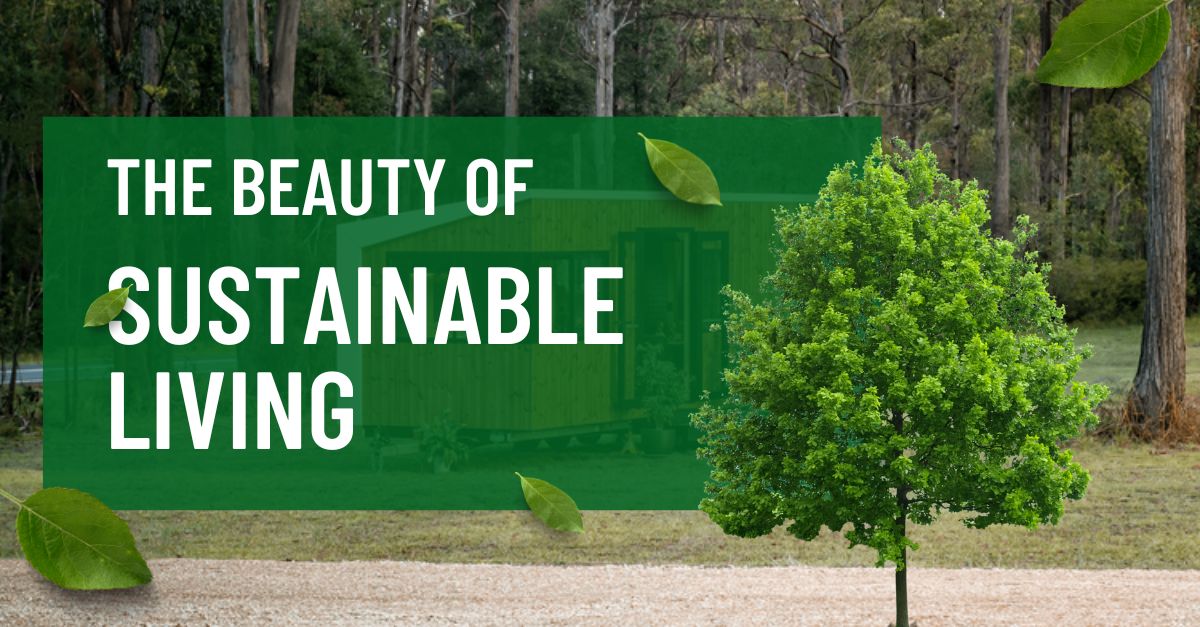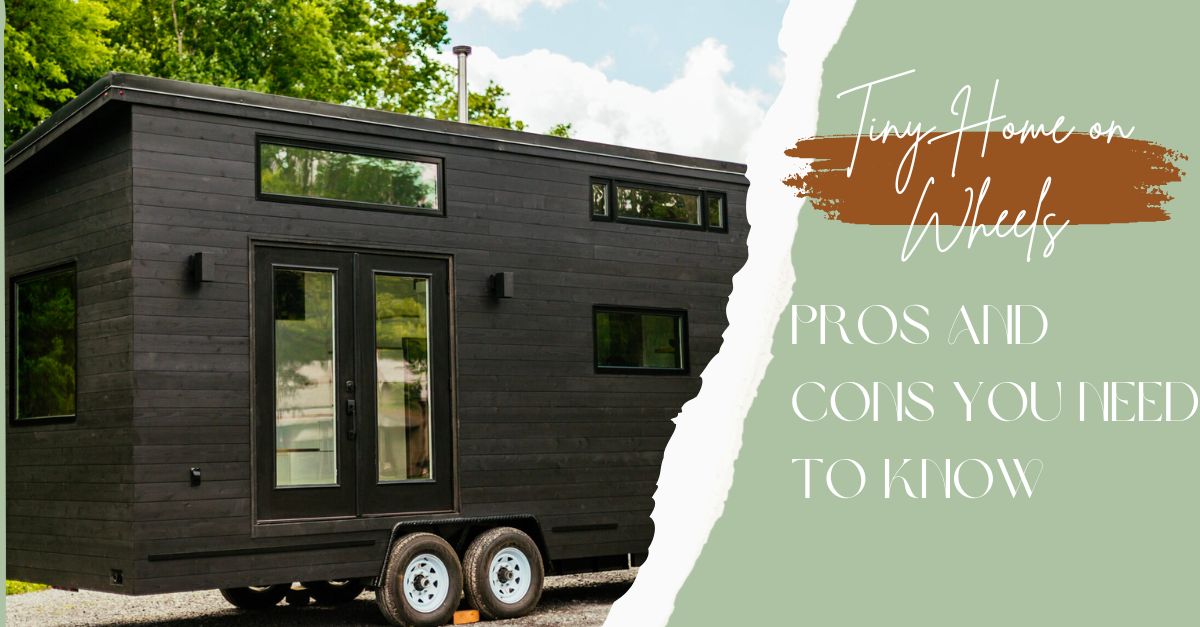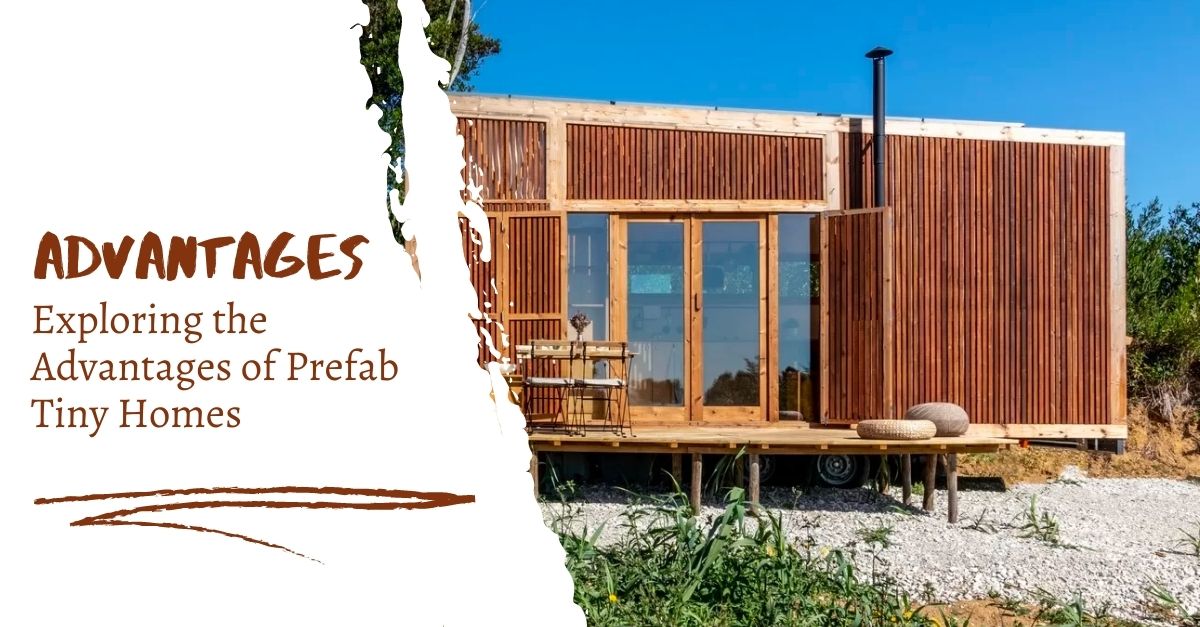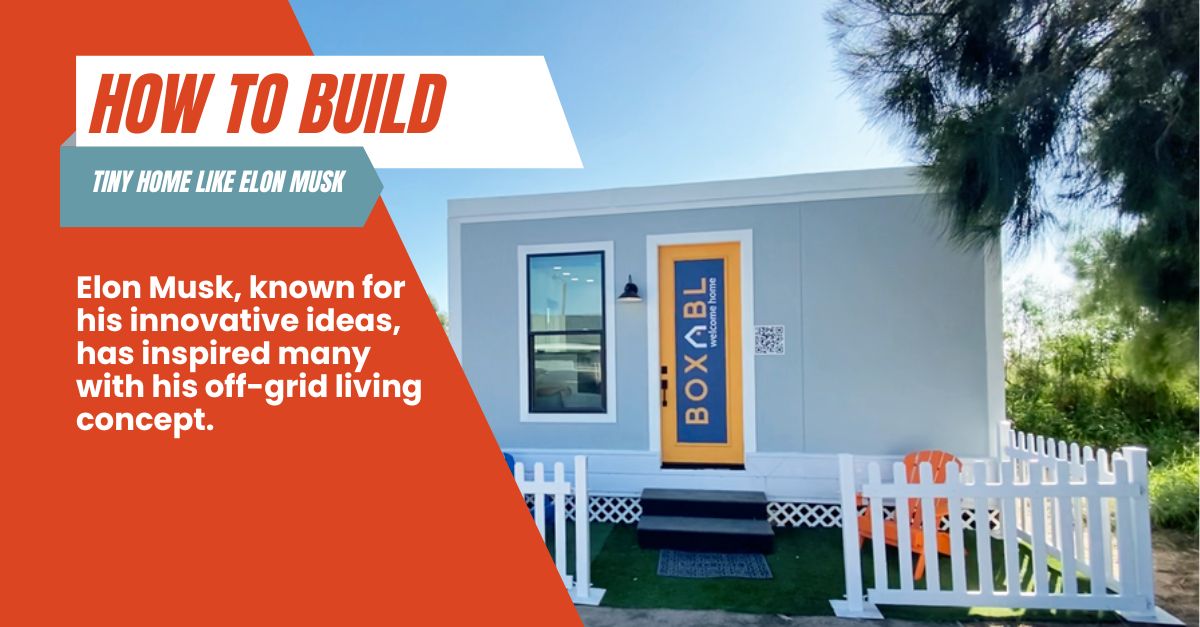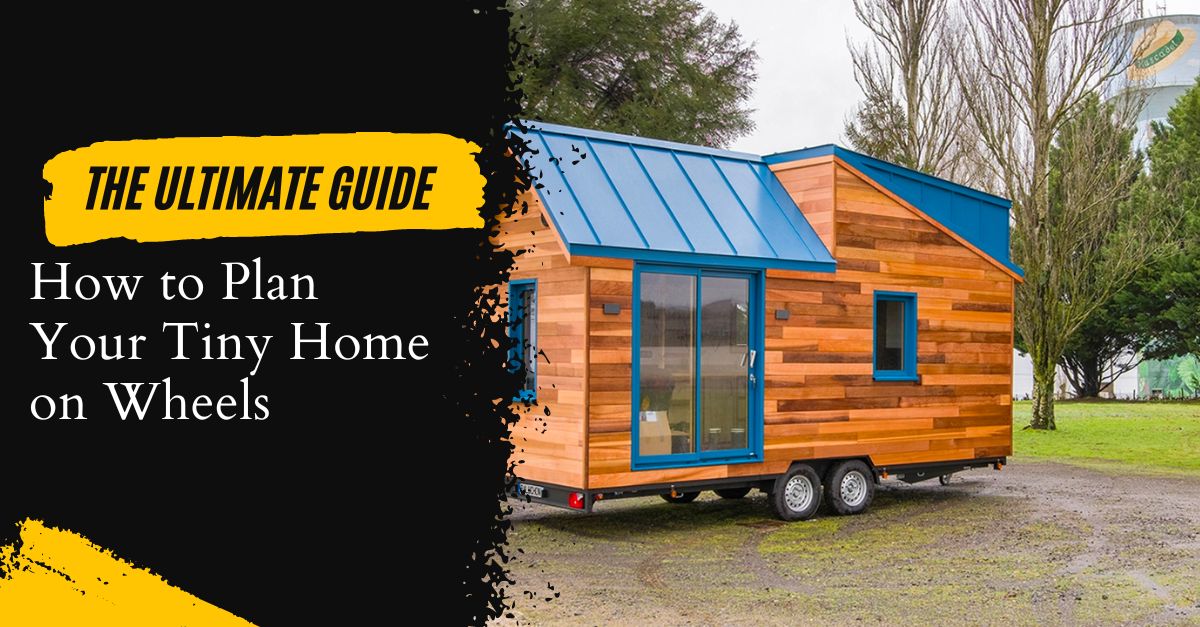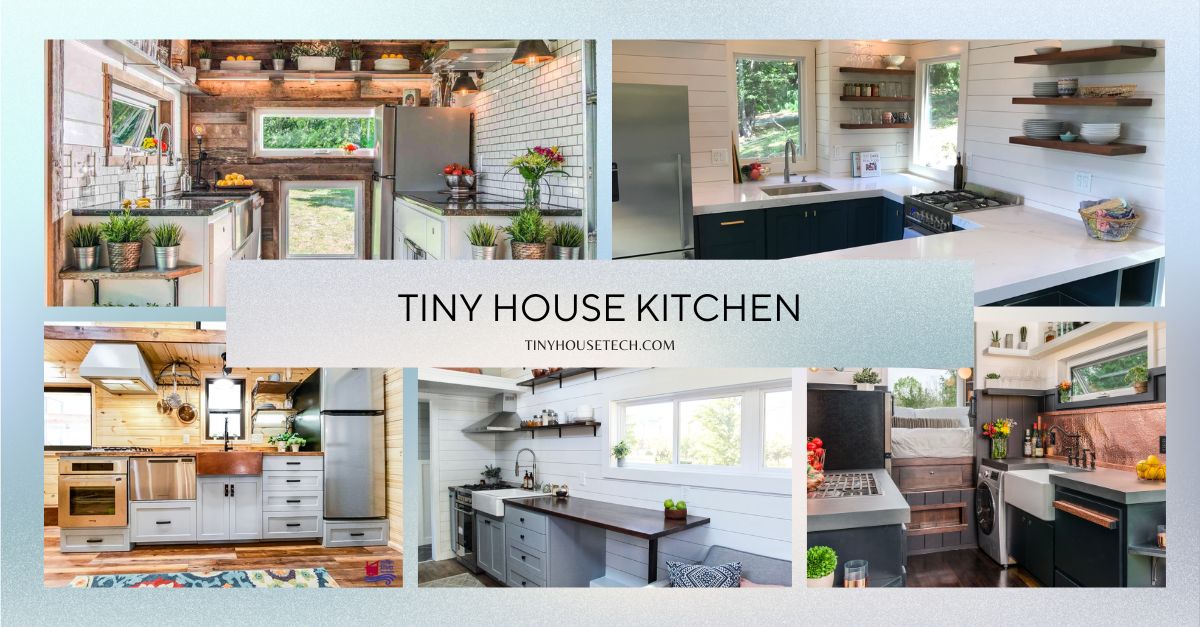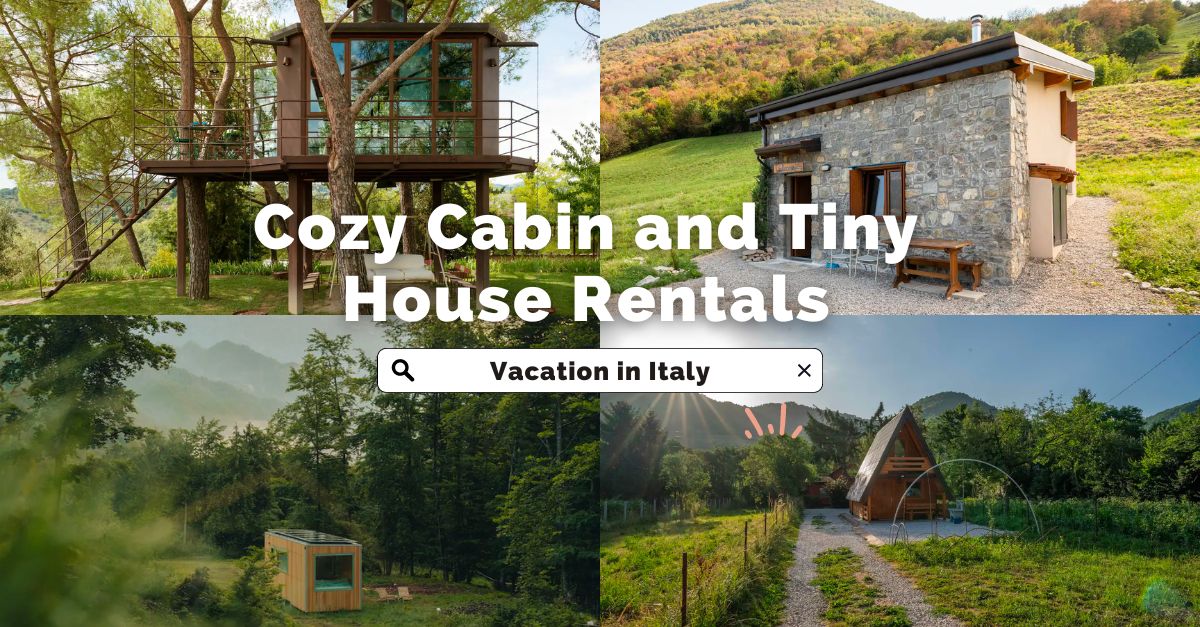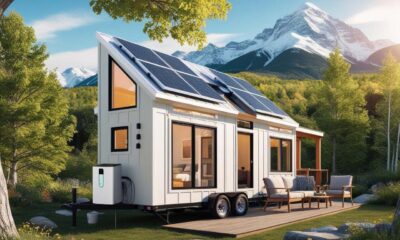Eco Friendly
Designing an Eco-Friendly Tiny Home: Tips and Inspiration
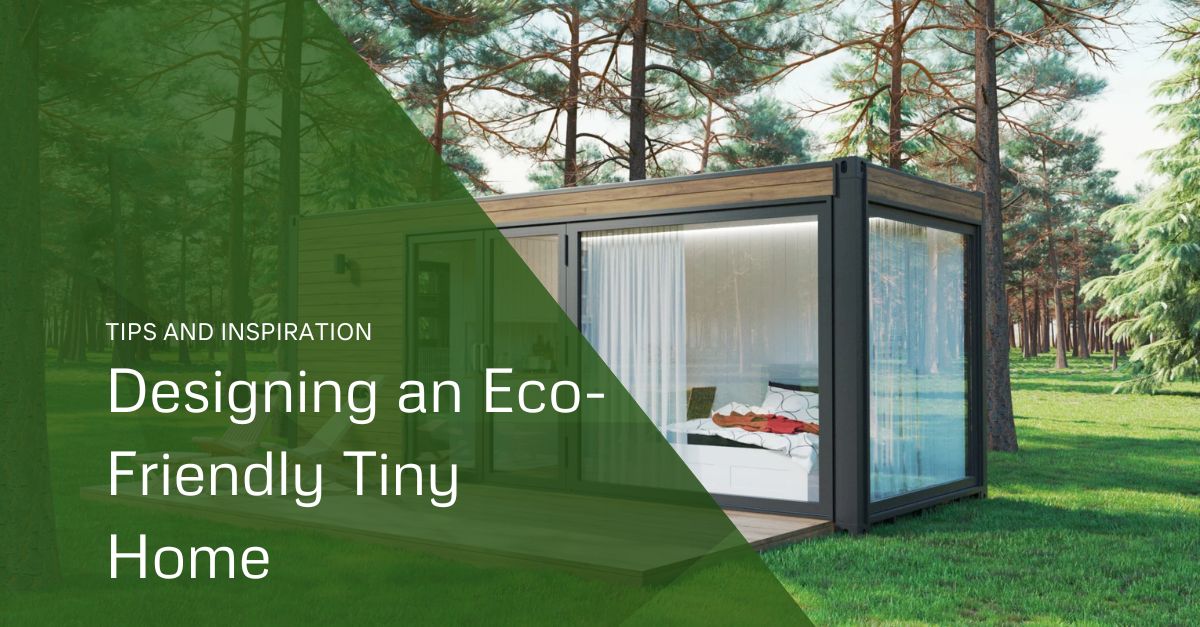
In recent years, the concept of sustainable living has gained significant attention as people become more conscious of their environmental impact. One of the emerging trends in sustainable housing is the rise of eco tiny homes. These small, energy-efficient dwellings not only minimize the carbon footprint but also offer a unique and charming way of living. If you’re considering designing your own eco-friendly tiny home, this article provides valuable tips and inspiration to help you create a sustainable and efficient living space.
The Appeal of Eco-Friendly Tiny Homes
Eco-friendly tiny homes offer a multitude of benefits, including reduced environmental impact, affordability, and a simplified lifestyle. These compact dwellings prioritize resource efficiency, energy conservation, and the use of sustainable materials. Designing an eco-friendly tiny home allows you to personalize your living space while minimizing your ecological footprint.
Design Considerations for Eco-Friendly Tiny Homes
1. Optimal Space Utilization
When designing an eco-friendly tiny home, maximizing the use of space is crucial. Consider multifunctional furniture and creative storage solutions, such as built-in cabinets and hidden compartments. Lofted sleeping areas and foldable furniture can help maximize floor space during the day. Design your tiny home with a focus on functionality and flexibility to ensure every square foot serves a purpose.
2. Energy Efficiency
Energy-efficient design is a key aspect of eco-friendly tiny homes. Incorporate insulation materials with high R-values to minimize heat transfer. Install energy-efficient windows and doors to prevent drafts and reduce heating and cooling needs. LED lighting and energy-saving appliances can significantly reduce electricity consumption. Consider integrating renewable energy sources like solar panels to power your home sustainably.
3. Sustainable Materials
Choose sustainable and eco-friendly materials when constructing or renovating your tiny home. Opt for recycled or reclaimed materials, such as reclaimed wood for flooring and countertops. Explore eco-friendly insulation options like cellulose or sheep’s wool. Consider low-VOC paints and finishes to maintain good indoor air quality. By using sustainable materials, you contribute to a healthier living environment and support the conservation of natural resources.
Inspiration for Eco-Friendly Tiny Home Designs
1. Minimalist Approach
Embrace a minimalist design aesthetic for your eco-friendly tiny home. Focus on clean lines, open spaces, and a clutter-free environment. Choose neutral color palettes that create a sense of tranquility and harmony. Implement minimalist storage solutions to maintain an organized and visually appealing living space.
2. Off-Grid Living
Designing your tiny home to operate off-grid is a sustainable choice. Incorporate solar panels and batteries to generate and store electricity. Install a rainwater collection system for water supply. Consider composting toilets and greywater systems to minimize water usage and wastewater disposal. Off-grid living allows you to be self-sufficient and reduces your reliance on external resources.
3. Biophilic Design
Biophilic design aims to connect occupants with nature by incorporating natural elements into the living space. Integrate large windows to maximize natural light and provide views of the surrounding environment. Use natural and organic materials like bamboo, cork, or stone. Create indoor gardens or vertical green walls to enhance air quality and bring the beauty of nature indoors.Designing an eco-friendly tiny home allows you to create a personalized, sustainable living space while minimizing your environmental impact. By optimizing space utilization, focusing on energy efficiency, and using sustainable materials, you can build a home that is both environmentally conscious and aesthetically pleasing. Embrace minimalism, explore off-grid living options, and incorporate biophilic design elements to enhance your connection with nature. With careful planning and thoughtful design, your eco-friendly tiny home can be a beautiful and efficient sanctuary that reflects your commitment to sustainable living.
Are eco-friendly tiny homes more expensive to build?
While the initial costs of building an eco-friendly tiny home may be higher due to sustainable materials and energy-efficient systems, the long-term savings on utility bills and maintenance expenses often outweigh the upfront investment.
Can I design an eco-friendly tiny home with limited construction experience?
Yes, designing an eco-friendly tiny home is achievable with limited construction experience. Collaborate with professionals, research building techniques, and consider prefabricated components to simplify the construction process.
How can I make my tiny home more energy-efficient?
To enhance energy efficiency, focus on insulation, sealing air leaks, using energy-efficient appliances, and incorporating renewable energy sources like solar panels. Monitor and optimize energy usage through smart home technologies.
What permits or regulations are required for building an eco-friendly tiny home?
Permit requirements and regulations vary by location. Research local building codes, zoning ordinances, and regulations related to tiny homes to ensure compliance with legal requirements.
Can I incorporate sustainable features into an existing tiny home?
Absolutely! You can retrofit an existing tiny home with sustainable features such as energy-efficient appliances, improved insulation, and sustainable materials. Consulting with professionals can help you identify the best options for your specific situation.
Now is the time to embrace the beauty of sustainable living through the marvels of eco tiny homes. Join the growing community of individuals who have made a conscious choice to minimize their environmental impact while maximizing their quality of life. Step into a world where simplicity, elegance, and eco-consciousness converge seamlessly, offering you an extraordinary opportunity to create a more meaningful and sustainable future. Discover the wonders of eco tiny homes and unlock the door to a world where beauty and sustainability coexist in perfect harmony.
Latest Post
June 13, 2023
The Beauty of Sustainable Living: Eco Tiny Homes
In recent years, the concept of sustainable living has gained significant attention as people become more conscious…
June 13, 2023
Tiny Home on Wheels: Pros and Cons You Need to Know
Tiny homes on wheels have gained popularity in recent years as a unique and alternative housing option….
June 12, 2023
Exploring the Advantages of Prefab Tiny Homes
In recent years, the popularity of prefab tiny homes has been on the rise. These compact dwellings…
June 12, 2023
How to Build an Off-Grid Tiny Home Like Elon Musk
Elon Musk, known for his innovative ideas, has inspired many with his off-grid living concept. If you’re…
June 12, 2023
The Ultimate Guide: How to Plan Your Tiny Home on Wheels
Welcome to the ultimate guide on how to plan your tiny home on wheels! Building a tiny…
June 7, 2023
Discover the Charming Bristol Tiny House Community: Embrace Sustainable Living in Southwest England
Welcome to the picturesque city of Bristol, nestled in the heart of Southwest England. Known for its…
June 5, 2023
Tiny House Kitchen: Designing for Efficiency and Style
Tiny houses have gained significant popularity in recent years, offering an alternative way of living that embraces…
June 2, 2023
Cozy Cabin and Tiny House Rentals for Your Vacation in Italy
When planning your vacation in Italy, why settle for ordinary accommodations when you can stay in a…
Previous
Next
Loading…

